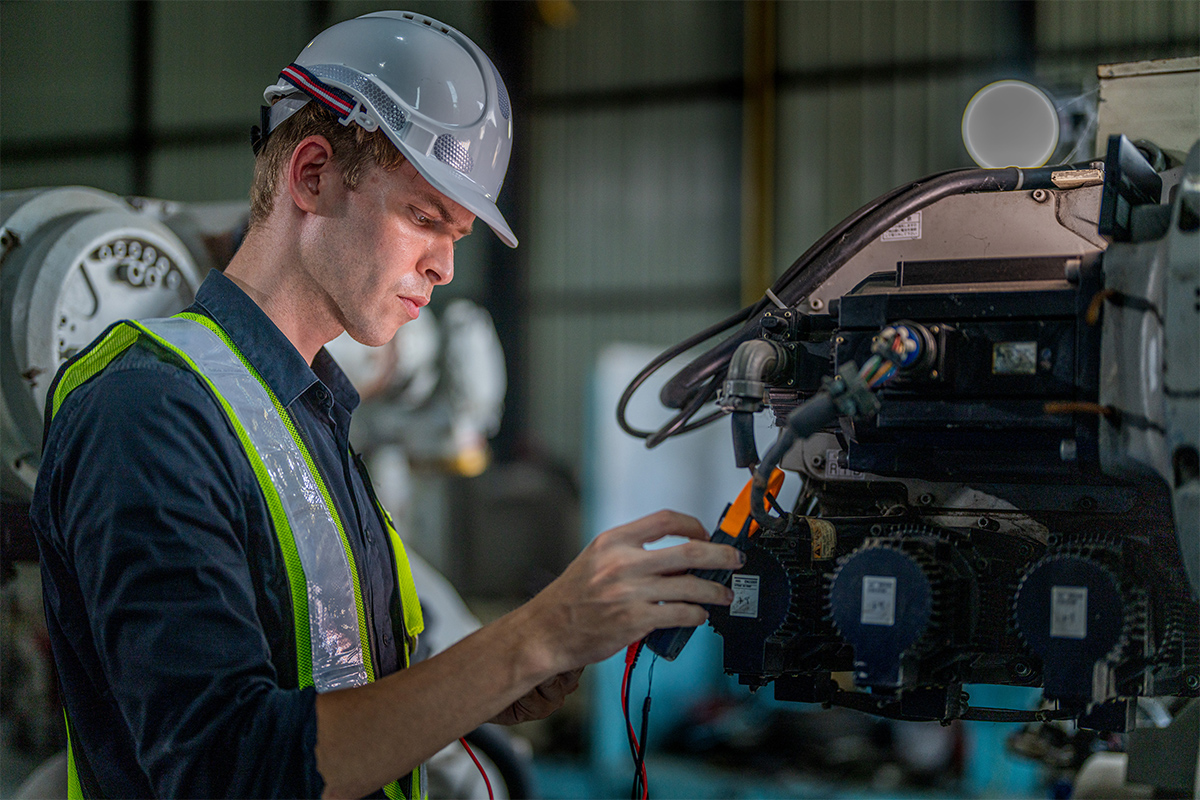
In the fast-paced world of industrial operations, downtime can be a costly experience. Whether you’re managing an oil and gas site, a manufacturing plant, or a construction project, equipment breakdowns can lead to expensive delays, reduced productivity, and increased maintenance costs. To mitigate these risks, preventative maintenance plays a crucial role in ensuring that your equipment runs smoothly and efficiently. By regularly maintaining equipment, you can extend its lifespan, reduce operational disruptions, and improve overall performance.
What is Preventative Maintenance?
Preventative maintenance (PM) refers to a proactive approach to maintaining equipment in which regular inspections, adjustments, and repairs are conducted before equipment failures occur. It differs from reactive or emergency maintenance, where repairs are made after a breakdown happens. PM helps identify potential problems before they become major issues, ensuring that equipment continues to function optimally for longer periods.
Benefits of Preventative Maintenance
Increased Equipment Lifespan:
Regular maintenance helps identify minor issues that could evolve into major breakdowns. By fixing these issues early, you reduce the risk of significant failures and extend the overall lifespan of the equipment. For example, regularly changing the oil in machinery or replacing worn-out parts prevents equipment from deteriorating faster than necessary.Cost Savings:
While some businesses view maintenance costs as an unnecessary expense, preventative maintenance can actually save money in the long run. Preventing major breakdowns reduces the need for expensive repairs, minimizes the need for replacement parts, and limits downtime. It also ensures that machinery is operating at peak efficiency, which can lower operating costs like fuel or energy consumption.Reduced Downtime:
One of the primary goals of preventative maintenance is to reduce unplanned downtime, which is detrimental to any operation. In industries like manufacturing and construction, even short periods of downtime can have significant financial consequences. By addressing maintenance needs before they lead to breakdowns, PM helps keep machinery up and running, ensuring that operations continue without interruptions.Improved Safety:
Equipment failures can pose serious safety hazards to workers, leading to accidents and injuries. Preventative maintenance ensures that machinery is safe to operate, reducing the likelihood of malfunctions that could cause dangerous situations. For example, inspecting and maintaining safety features like brakes, emergency stops, and hydraulic systems helps prevent accidents that could harm workers.
How Preventative Maintenance Improves Productivity
The role of preventative maintenance in increasing productivity cannot be overstated. When equipment is well-maintained, it performs better, operates faster, and requires fewer repairs. This means less downtime, more efficient operations, and fewer interruptions to workflows. For example, a manufacturing plant that performs regular maintenance on its machines can avoid having to shut down entire production lines to repair broken machinery. By preventing breakdowns before they occur, businesses can keep production levels high, ensuring that targets are met on time and that customer satisfaction remains intact.
Additionally, preventative maintenance allows companies to plan for repairs and replacements at times that are least disruptive to operations. This minimizes the impact on productivity, unlike emergency repairs that may require immediate shutdowns. With a preventative maintenance strategy in place, businesses can schedule inspections and repairs during off-hours or when demand is lower, ensuring that production continues without interruptions.
The Role of Technology in Preventative Maintenance
Advances in technology have significantly improved the way preventative maintenance is performed. Many businesses now use predictive maintenance systems that employ IoT (Internet of Things) sensors, machine learning algorithms, and data analytics to predict when a piece of equipment is likely to fail. These systems collect data on equipment performance, such as vibration levels, temperature, and pressure, and analyze it to forecast potential issues before they occur. Predictive maintenance helps businesses address problems early and avoid unplanned downtime, leading to better cost savings and improved efficiency.
Implementing a Preventative Maintenance Program
To successfully implement a preventative maintenance program, businesses should first assess the condition of their equipment. Conducting regular inspections, keeping detailed maintenance records, and tracking equipment performance metrics are essential steps in ensuring that machinery is properly maintained.
Next, companies should develop a maintenance schedule that outlines the frequency of inspections and tasks based on the manufacturer’s recommendations and the specific needs of each piece of equipment. It’s important to involve employees in the process, especially those who work directly with the equipment, as they can provide valuable insight into performance issues that may need attention.
Conclusion
Preventative maintenance is an essential part of any industrial operation. By proactively maintaining equipment, businesses can increase equipment longevity, reduce downtime, improve safety, and save money on repairs and replacements. Rather than waiting for equipment to break down, businesses should embrace preventative maintenance as an investment that helps ensure smooth and efficient operations. With the right strategies, tools, and technology, companies can optimize their maintenance efforts and achieve long-term success.


